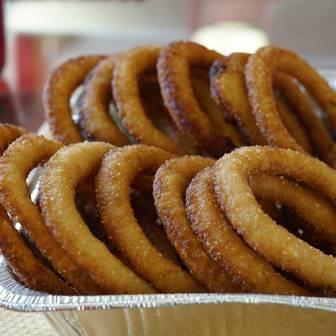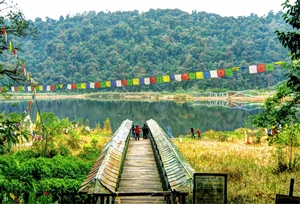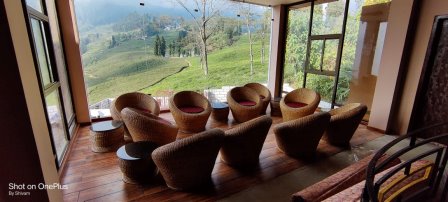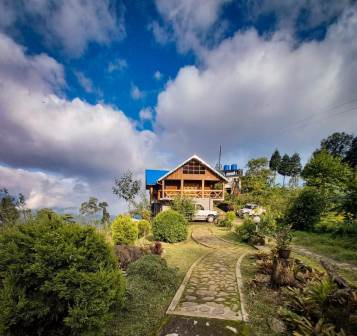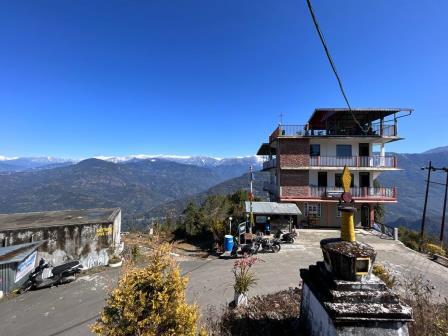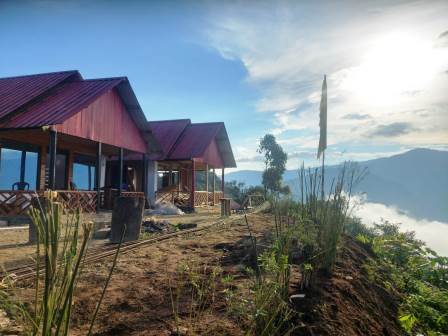A thangka, variously spelt as thangka, tangka, thanka, or tanka, is a Tibetan Buddhist painting on cotton, silk appliqué, usually depicting a Buddhist deity, scene, or mandala.
Thangka is also known as scroll painting. Initially, designs are drawn on a gelatin paper using pen. The cloth is tied to an iron or wooden frame using cotton threads. To avoid pores on the cloth, a mixture of distemper and gum boiled with water is applied on the cloth before painting and dried.


The culmination of Tibetan Buddhist art, thangkas are pictorial religious scrolls. Most often hand painted with mineral colours and gold dust, traditional thangkas were also embroidered or applique. Seen in monasteries and also homes, they are not merely decorative in function but are highly revered objects with religious significance. The art form originated in Nepal in the 7th century, developing into several schools of painting.
Thangka paintings are also worshipped as part of religious festivals. Commissioning a thangka is considered a means of generating spiritual merit. In times of particular hardship, an individual can consult a lama to recommend the creation of a thangka to a particular deity. In Sikkim - a significant centre of Buddhism in north eastern India - birth and especially death, are occasions when a special thangka is commissioned.

Enquery
Gallery
There is no Gallery Images.


